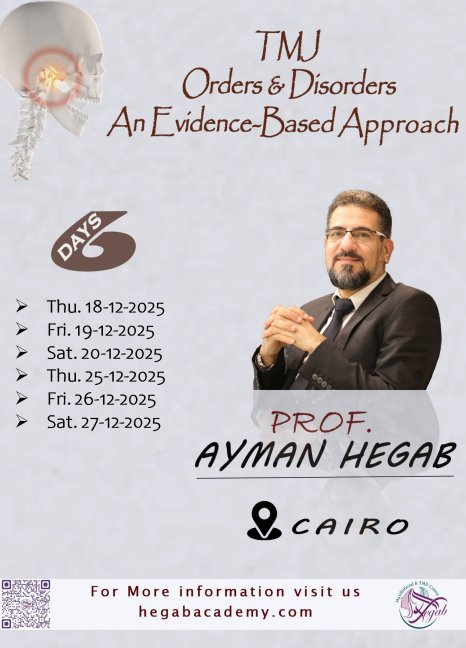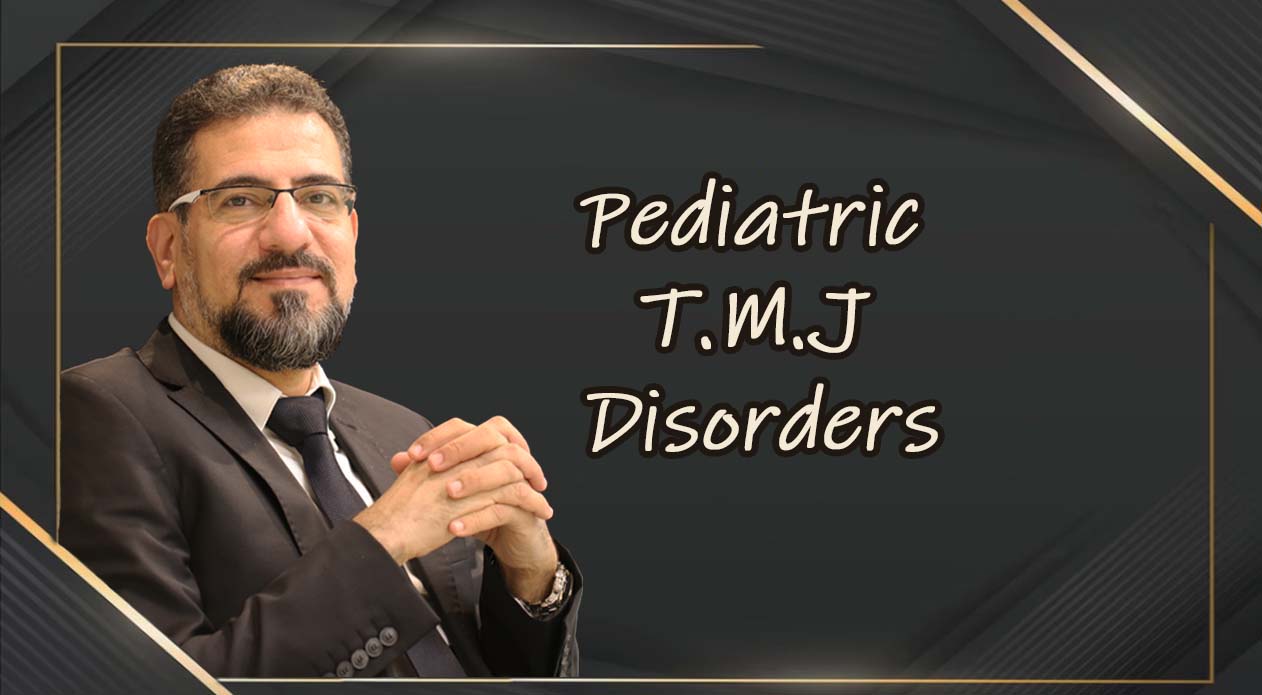Prof. Ayman Hegab is a Professor of Oral & Maxillofacial Surgery, Faculty of Dental Medicine. Al-Azhar University. Cairo. Egypt.
Abbreviations:
TMJ: Temporomandibular Joint; TMD: Temporomandibular Joint Disorder; PSG: Polysomnography
Editorial
Temporomandibular Joint (TMJ) and its normal function are of great importance for the development of the mandible and craniomandibular region. Temporomandibular Joint Disorder (TMD) is a condition that more frequently affects adults. Nevertheless, signs and symptoms of TMD are observed also in the children. Signs and symptoms of pediatric TMD are getting worse with advancing of age, as well as in the mixed dentition stage. The importance of correct diagnosis is significant to avoid the progression of this condition. TMD in children is considered to have a multifactorial etiology with difficulty in establishing aprecise etiology. The etiology of TMD in children has been related to trauma, malocclusion, and oral Para-functions habits such as bruxism, nail biting, and non-nutritive sucking. However, the relationship between oral Para-functional habits and TMD, if it exists, seems to be controversial and unclear. Falls, sports-related injuries, and road traffic accidents are the most frequent causes of facial injuries in children which can affects the TMJ. Moreover: Early TMD is a common feature especially in girls at the beginning of puberty. The etiology is not clear but it can be considered caused by factors, such as hyper mobility and hormone influence. Fracture of the condyle is often followed by remodeling and a disturbance in the development of ramus height and mandibular body length, ankylosis of the TMJ, growth disturbances can be seen in most cases and can be severe. Bruxism (Greek: Bruko, “gnashing of teeth”) the main cause of pediatric TMD widely defined as an anxiety response to environmental stress. Clinically, bruxism characterized by presence of abnormal movements and clenching which can lead to tooth grinding, attrition. According to the International Classification of Sleep Disorders, the bruxism is a movement disturb related to sleep, characterized by repeated contractions of the masticatory muscles, resulting in grinding or clenching of the teeth. Wide range of muscles can be affected by bruxism. These groups of muscles include muscles of mastication (primary muscles) and muscles of the craniofacial complex, shoulders and neck (secondary muscles). These groups of muscles have anatomical and neural links. Neural link through trigeminalcervical complex, which is formed by the upper cervical and trigeminal nerves. And anatomical link, through the axes for the eccentric mandibular movements and the cervical column which concur in the occiput. The mandibular position can influence the activity of the muscles of the craniofacial complex, shoulders and neck through these two links. If the masticatory system, neck and shoulders are anatomically and physiologically connected, then the bruxism can easily affects all the above described structures.
There are two types of bruxism; wake-time and sleep-time bruxism. The defiance between both types are related to state of consciousness and oral motor excitability are present. Waketime bruxism is associated with, Tooth clenching or Jaw bracing without tooth contact. Conversely, sleep bruxism is associated with rhythmical and/or sustained jaw muscle contractions, with teeth grinding and clenching resulting in sleeping bruxism sounds.
Sleep bruxism is associated with a lot of signs and symptoms related to the muscles of mastication. This is due to parafunctional activities which lead to exacerbated occlusal forces. The etiology of the sleep bruxism still unstilted. While; local factors, systemic factors, psychological and hereditary factors are considered as a possible etiology. All the theories of bruxism fall into the following categories: occlusion related, psychological and originating within the central nervous system. Central Factors include Anxiety, Emotional tension, stress, Parasomnias, Traumatic brain injuries, Neurodevelopment disabilities, Headaches, Aggressive, competitive or hyperactive personality. Morphologic Factors include Malocclusion, Muscle recruitment, Mouth breathing, Adenotonsillar hypertrophy, Teething/growth & development of jaw.
Stress/anxiety can be considered as primary etiology of sleep bruxism in children. While other sleep disorders was reported to be associated with the sleep bruxism in children. These disorders include airway obstruction due to tonsillar hyperplasia, and obstructive sleep apnea. Another possible cause is the pain and gum laceration which associated with teeth eruption. Polysomnography (PSG) is a useful clinical tool for evaluation pediatric non-respiratory disorders sleep. The PSG monitors the activity of the muscles of mastication through connected electrodes which placed over masseter and temporal muscles during sleep. In pediatric sleep bruxism, The PSG recording rhythmic activity of the muscles of mastication. Nevertheless, the use of PSG is restricted due to its high cost. Due to the multifactorial nature of pediatric TMD, A multidisciplinary approach should be used in the treatment. A team work consisted of pediatric dentist, medicine, physiotherapist and psychologist can be implemented in the treatment plan.
The role of the Pediatric dentists is to correct the occlusion through restorative procedures and occlusal splints. A soft-based material occlusal splint with 2-3 mm thickness can be used for many reasons. Covering the occlusal surfaces of all teeth to prevent continuous abrasion. Reduces muscular activity, thus giving more comfort to the patient, relieves symptoms, Modifies parafunctional activities, and Changes distribution of traumatic forces, and Establish neuromuscular harmony in the masticatory system. Systematic treatment with analgesic, anti-inflammatory, and muscle relaxants can be used with corrective restorative procedures and the occlusal splint. Moreover, the psychological consultation should be considered in cases of bruxism caused by anxiety or stress. Parents Education about their role of the Stress management is so important. Examples of how parents can management the stress are, Relaxation before bedtime, Warm bath, calming music, reading book, ask what upsetting child is and reassure. Avoid stress induced and Talk to kids regularly about their feelings and help them deal with stress. Usually the pediatric TMD will continue until stress is relieved and few cases continue tell the adolescence.



